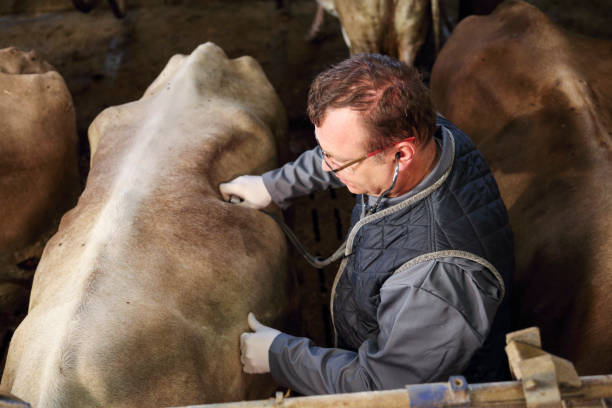Artificial insemination (AI) has become a major assisted reproductive technology that allows individuals and couples to build families who may otherwise be unable to conceive naturally. In this article, we will discuss the history and evolution of AI, the different types of artificial insemination procedures, challenges and considerations for patients, as well as the future of this reproductive technology.
History and Evolution of AI
Artificial insemination has been practiced for over 200 years, dating back to the late 18th century when it was first developed as a veterinary technique. One of the earliest documented uses of AI in humans occurred in England in 1799. However, it was not until the late 1800s and early 1900s that doctors began experimenting with and refining AI procedures for human infertility treatment. A major milestone was reached in 1884 when the first successful intrauterine insemination was performed. Throughout the 20th century, advances in cryopreservation or sperm freezing enabled the development of sperm banks and donor insemination programs. The technology and success rates continued improving with new developments in microbiology, imaging, and reproductive endocrinology. Today, AI is one of the most common first-line treatments for infertility worldwide.
Types of AI Procedures
There are two main types of artificial insemination – intrauterine insemination (IUI) and intracervical insemination (ICI). IUI involves inserting washed and processed sperm directly into the uterus around the time of ovulation using a thin, flexible catheter. It has a higher chance of conception compared to ICI which involves depositing sperm just inside the cervical opening. IUI is typically performed when there is a cervical hostility issue or unexplained infertility, whereas ICI may be an option for mild male factor infertility or when the husband’s sperm count is low. Another variation is intrafallopian insemination which involves passing sperm through the fallopian tubes using laparoscopy but this is rarely used today. A relatively new method gaining popularity is frozen embryo transfer which involves fertilizing eggs through IVF and then transferring embryos back in a subsequent non-stimulated cycle.
Challenges and Considerations
While AI has helped many build families, there are still some physical, legal, and emotional challenges to consider. Some women may experience mild discomfort, cramping or spotting post-IUI. Using donor sperm also raises sensitive issues including the legal rights of donors as well as questions about disclosing donor conception to offspring later in life. Prospective parents additionally grapple with ethical dilemmas like choosing the right donor based on traits like intelligence, ethnicity or health history. The financial costs, acceptance by family and society are other considerations. Mental health professionals recommend extensive counseling to help evaluate realistic expectations and ensure all parties are fully informed before proceeding with donor insemination.
Future Prospects
With continued research efforts, AI technology is expected to advance further. Scientists are exploring ways to improve IUI success rates such as selection of sperm with best motility and morphology. Techniques under study include microfluidics to better sort sperm, time-lapse imaging to identify fertilization, and endometrial receptivity tests to optimize timing. Three-parent babies are also being investigated to prevent transmission of rare inherited diseases. While controversies around genome editing remain, gene therapy holds promise for treating male infertility conditions. Advocates foresee clinics offering add-ons like embryo genomic testing, cryopreservation, and fertility preservation. As social attitudes become more progressive, non-traditional family building through AI is likely to continue growing in popularity worldwide.
Artificial insemination has certainly come a long way from its early days over two centuries ago. It has enabled parenthood for numerous individuals previously unable to conceive and expanded pathways for family formation. As the technology and our understanding of human reproduction advance hand in hand, AI is poised to revolutionize the field of assisted reproduction further. With adequate counseling and informed consent, it can fulfill reproductive dreams while raising complex issues requiring compassionate navigation. AI will remain an invaluable option for many to achieve their aspiration of growing their families.
*Note:
1. Source: Coherent Market Insights, Public sources, Desk research
2. We have leveraged AI tools to mine information and compile it



